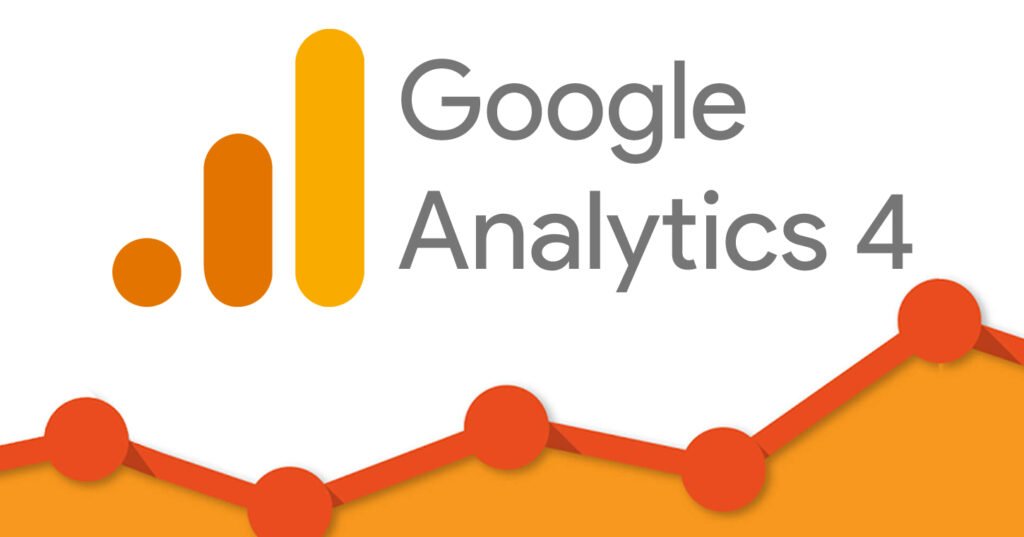Getting a high volume of leads is great—but what if those leads never convert to paying customers? Lead quality matters more than quantity, and tracking it across traffic sources in Google Analytics (GA4) helps you identify what actually drives business growth.
Let’s break down how to do it effectively.

What Is Lead Quality in GA4 Terms?
Lead quality refers to how likely a lead is to become a customer. While Google Analytics can’t directly tell you if a lead is “high quality,” it can track behaviors and signals that correlate with quality, such as:
- Pages visited post-signup
- Time on site
- Number of sessions
- Repeat visits
- Event completion (e.g., booking a demo, downloading resources)
By tying this behavioral data back to the original traffic source, you can infer lead quality from each channel.
Step-by-Step: How to Track Lead Quality by Traffic Source
Step 1: Set Up Conversion Events and Goals
In GA4, everything revolves around events.
Examples of high-quality lead indicators:
generate_leadevent (form submission)book_demoeventview_pricingordownload_pdf
To do:
- Mark meaningful events as “Conversions” in GA4
- Use Google Tag Manager (GTM) to track custom events tied to key behaviors
Step 2: Tag Traffic Sources Properly (UTM Parameters)

You can’t evaluate traffic sources unless they’re clearly tagged.
Use UTM tags for:
- Email campaigns
- Paid ads (Meta, LinkedIn, etc.)
- Affiliate and referral traffic
This lets GA4 break down traffic under “Traffic acquisition” and “User acquisition” reports.
Step 3: Analyze Post-Conversion Behavior
Not all form submissions are equal. Use GA4 to analyze what happens after someone converts:
- Do they return to your site?
- Do they explore pricing or case studies?
- Do they interact with product tours?
Use reports like:
- Engagement > Pages and screens
- Events > Event name with
generate_leadas a segment - Path Exploration: Start from lead event and see what they do next
Step 4: Build Custom Audiences for High-Quality Leads
Segment audiences based on behaviors of leads that convert.
Examples:
- Users who signed up and viewed your pricing page
- Leads who returned within 7 days
- Users who triggered multiple conversions
This helps differentiate between low-intent and high-intent traffic sources.
Step 5: Link GA4 with Your CRM or Lead Scoring Tool
To truly measure lead quality, connect your CRM data with GA4 via:
- Offline conversion imports (Google Ads + GA4)
- Measurement Protocol hits via Zapier/Make
- BigQuery exports that blend GA4 data with CRM pipelines
By matching CRM-qualified leads back to gclid or user_id, you can track source effectiveness with precision.
Step 6: Use BigQuery for Advanced Attribution Analysis
GA4’s BigQuery export lets you:
- Analyze lead behavior over time
- Correlate source/medium with revenue or lifecycle stages
- Generate custom dashboards for lead quality tracking
You can filter for generate_lead events and overlay data from CRMs, subscription tools, or sales teams.
Tips to Identify Quality Traffic Sources
| Signal | Good Lead Indicator? | Use In GA4? |
|---|---|---|
| Low bounce rate | Yes | Engagement reports |
| High session duration | Yes | Engagement overview |
| Viewed pricing or case study | Strong signal | Custom event tracking |
| Returned within 7 days | Strong signal | Retention reports |
| Triggered multiple events | Very strong | Path & funnel analysis |
Final Thoughts:
GA4 doesn’t hand you lead quality scores on a silver platter—but with the right tagging, segmentation, and CRM integration, you can clearly see which channels generate leads that actually close.
This lets you confidently invest in high-performing traffic sources and eliminate the noise.
How Socinova Can Help
At Socinova, we help businesses set up advanced GA4 tracking, CRM integrations, and funnel analytics to measure what truly drives revenue—not just leads. From UTM strategy to server-side tracking and lead scoring analytics, we ensure your data isn’t just accurate—it’s actionable.
Book a consultation to refine your lead tracking and scale smarter.




